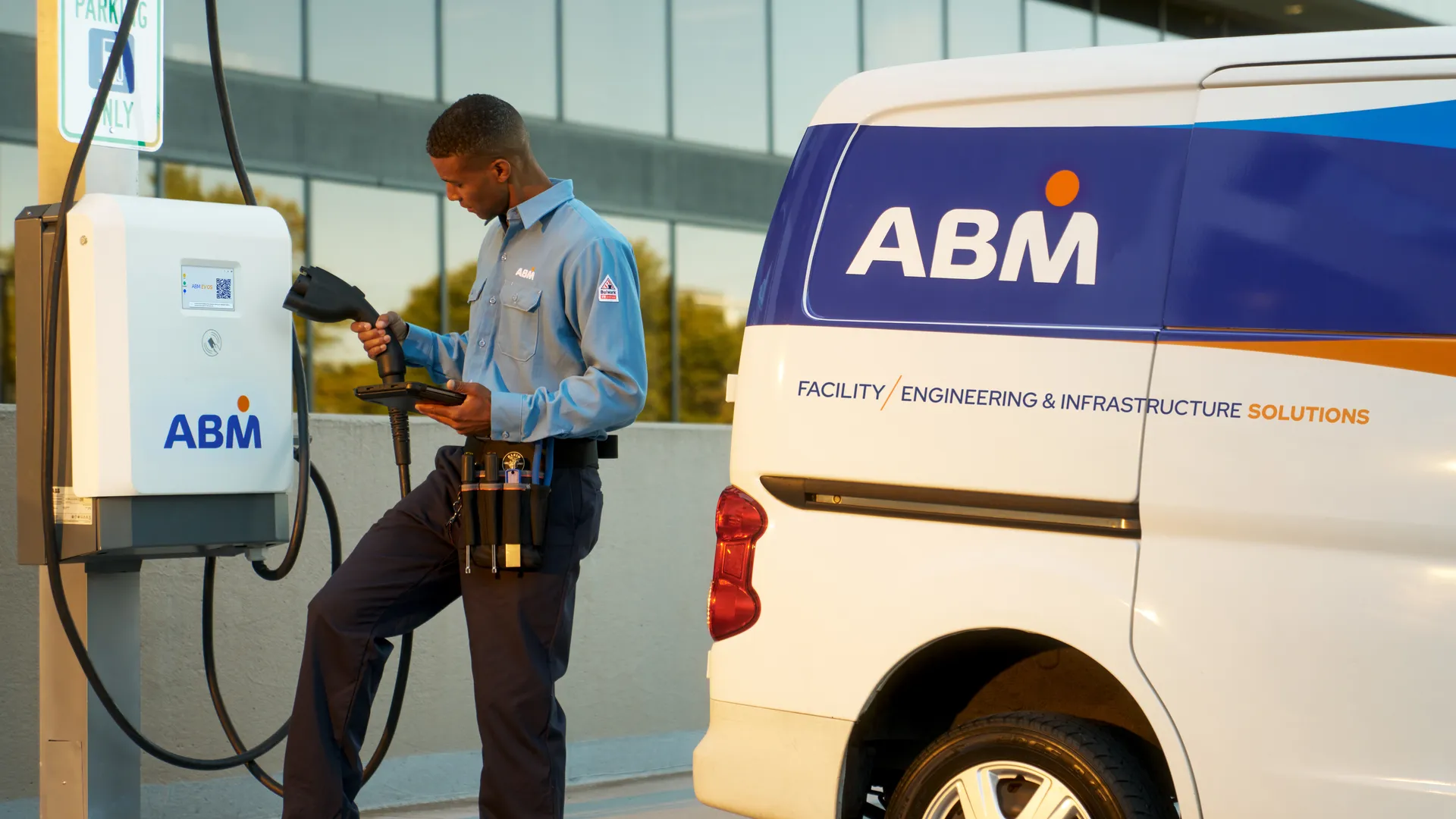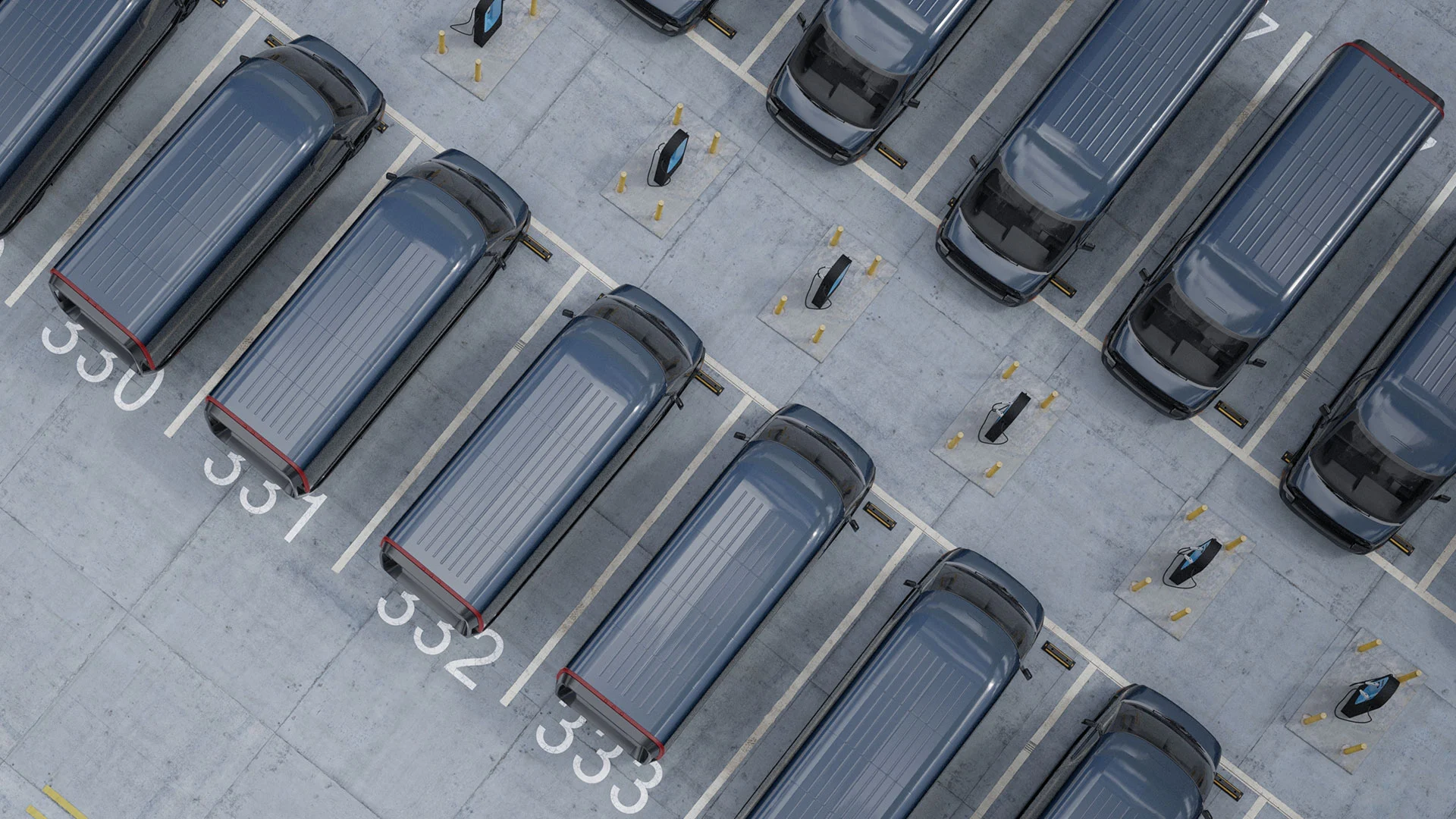What the Advanced Clean Fleets (ACF) rule means for private fleet operators
A new era of regulatory divergence
In June 2025, that underpinned several of California’s landmark vehicle standards, including the Advanced Clean Trucks, Advanced Clean Cars II, and Phase 3 Heavy Duty Truck GHG and Low NOₓ Omnibus rules. On the surface, this appeared to signal a federal retreat from zero-emission fleet mandates.
But here’s the overlooked reality: California’s Advanced Clean Fleets(ACF) rule remains intact. It was never included in the rescinded waivers, and California retains authority to enforce it under the Clean Air Act. Legal challenges are underway, but ACF remains enforceable today, not just in California, but also in more than 10 other CARB-aligned states.
For private fleet operators, this creates a historic test case: How do you scale confidently in an era when federal and state rules are moving in opposite directions?
Where ACF applies and why it matters
ACF directly impacts high-priority private fleets (50+ vehicles or $50M+revenue), drayage operators, and delivery fleets. Key milestones include:
- January 2024: Ban on new internal combustion engine (ICE) vehicle purchases for regulated fleets.
- 2025–2042: Structured rollout of zero-emission vehicle (ZEV) adoption across categories.
- 2030��–2042: Mandated full ZEV conversions.
Beyond California, ACF-style enforcement applies in New York, New Jersey, Oregon, Washington, Massachusetts, Colorado, Maryland, Connecticut, Vermont, Rhode Island, and Delaware.
The strategic implications are clear:
- Federal rollbacks do not slow state-level deadlines.
- Infrastructure lead times are long—utility upgrades and site permitting often take years.
- Incentives are available but fleeting, often claimed fastest by first movers.
- Delays carry risks: fines, lost incentives, restricted operations, and supply chain bottlenecks.
Waiting is not neutral—it is a decision, and often a costly one.
Strategic questions every fleet leader should be asking
- How exposed is my fleet to ACF enforcement across multiple jurisdictions?
- What is the true lead time for site readiness—including permitting, grid upgrades, and equipment procurement?
- Which incentives can I realistically capture before they expire or are oversubscribed?
- How do I sequence my ZEV rollout to avoid stranded investments?
Answering these questions now is the difference between proactive compliance and costly disruption.
How ɫ����helps operators lead through uncertainty
At ABM, we see regulatory clarity not as a constraint, but as a foundation for competitive advantage. Our role is to help fleets translate mandates into durable, scalable strategies:
- Infrastructure Intelligence: Site and load assessments that forecast future utility demand and resilience.
- Deployment at Scale: Vendor-agnostic charging solutions—from pilot projects to enterprise-wide rollouts.
- Funding Foresight: Guidance on navigating CARB, utility, and regional clean transportation incentives.
- Operational Continuity: 24/7 maintenance and monitoring to maximize uptime.
- Regulatory Insight: Proactive tracking of policy shifts to keep fleets ahead of the curve.
With national reach and local expertise, ɫ����enables fleets to navigate complexity with confidence—and seize the opportunities others miss.
Lead the transition, don’t chase it
The fleets that thrive in this era won’t be those that wait for certainty. They’ll be the ones that design for resilience, capture incentives early, and turn compliance into competitive edge.
[[inline-cta]]





